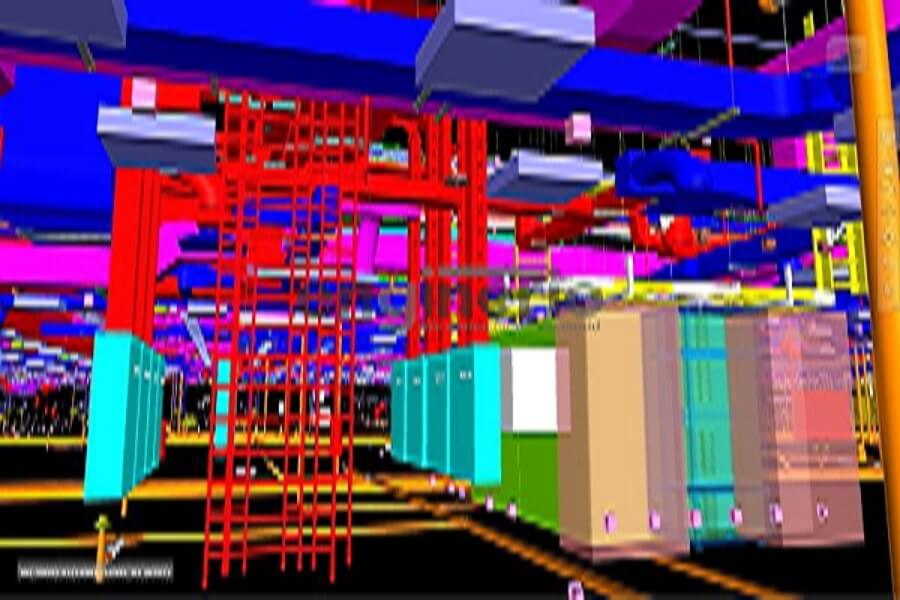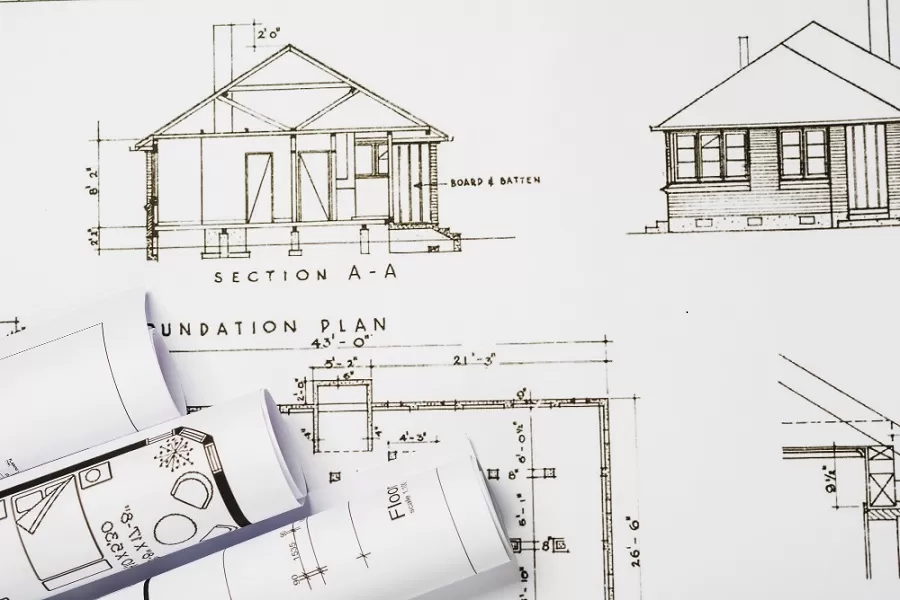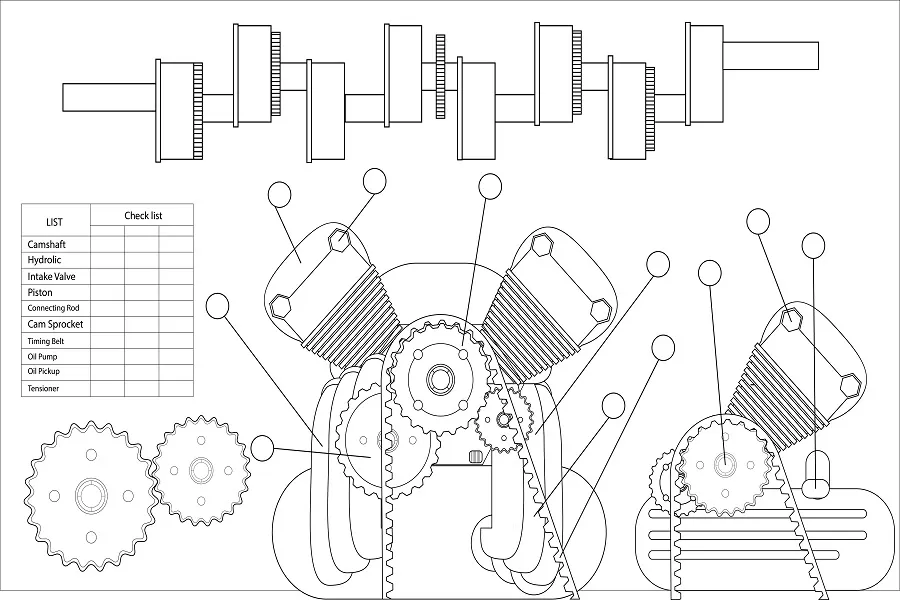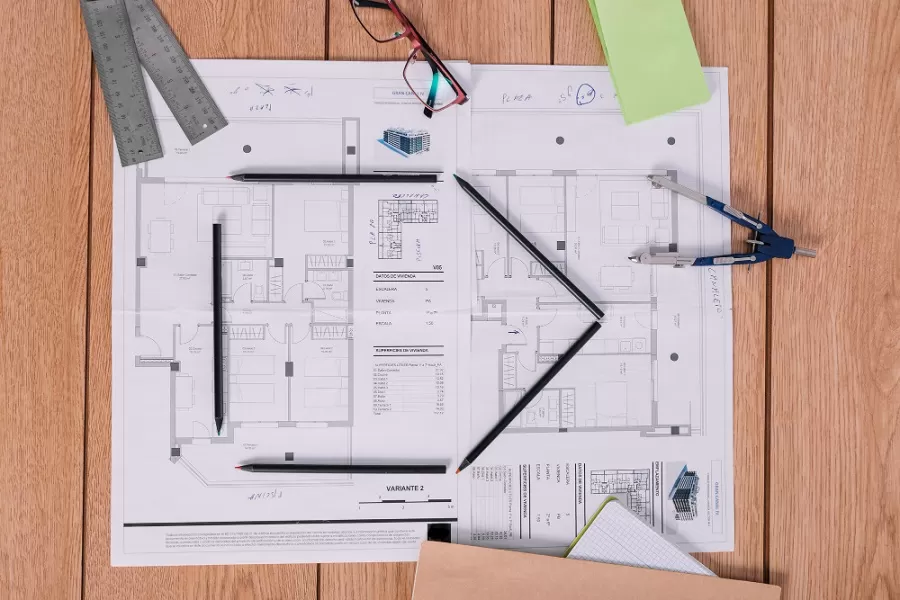The world of MEP (Mechanical, Electrical, and Plumbing) design is undergoing a profound transformation due to the relentless progress in emerging technologies. These advancements are reshaping the way MEP systems are designed, implemented, and managed, leading to unprecedented levels of efficiency, sustainability, and intelligence in building systems. From the integration of digital tools to the use of advanced analytics and automation, these emerging technologies are revolutionizing the entire MEP design process like never before.
In this blog, we will explore the exciting landscape of emerging technologies in MEP design and their potential to shape the future of building systems.
1. Building Information Modeling (BIM) and MEP Coordination
Building Information Modeling (BIM), over time, has emerged as a cornerstone technology in revolutionizing the MEP design industry. BIM services allow for the creation of a comprehensive digital representation of a building, expertly integrating MEP systems with architectural and structural elements. The digital model serves as a central repository of information, providing a shared platform for all stakeholders to access and contribute to the project.
This collaborative approach enables real-time coordination and clash detection, ensuring that MEP systems are seamlessly integrated into the building’s design. BIM facilitates better communication and collaboration among project stakeholders throughout the design and construction process and leads to streamlined workflows, reduced errors, and enhanced efficiency.
2. Computational Fluid Dynamics (CFD) for HVAC Design
In the realm of HVAC design, Computational Fluid Dynamics (CFD) has emerged as a powerful tool. CFD simulations allow designers to analyze and optimize airflows, temperature distributions, and indoor air quality within a building. By accurately predicting airflow patterns and thermal comfort, CFD enables the design of more energy-efficient HVAC systems that provide optimal occupant comfort while minimizing energy consumption and operating costs.
3. Laser-Based Building Scanning
Existing buildings often lack updated or even available construction blueprints. Traditional methods of surveying and digitizing these blueprints can be time-consuming and expensive. Fortunately, Laser Scanners are getting advanced and make it easy to scan the entire building and its MEP section.
Laser scanning enables the rapid generation of 3D models and helps in capturing the spatial data of a building with incredible detail and accuracy. The technology captures millions of points per second, creating a precise representation of the building’s geometry. This saves considerable time and is a faster and more efficient alternative to traditional methods.
4. Virtual Design and Construction
Virtual Design and Construction (VDC) has transformed MEP design by enabling accurate visualization, enhanced collaboration, and early clash detection. With detailed virtual models, stakeholders can coordinate effectively, identify conflicts, and optimize layouts before construction. VDC also facilitates accurate quantity takeoffs, cost estimation, and efficient project planning. By embracing building energy modeling services, MEP professionals can achieve higher project efficiency, reduce costs, minimizes disruptions, and enables on-time project delivery of MEP systems.
5. Smart Building Automation and Internet of Things
The concept of smart buildings is gaining significant traction in the industry, with the integration of various systems to create intelligent, interconnected environments. In MEP designs, smart building automation systems enable centralized control and monitoring of HVAC, lighting, and other MEP systems. By leveraging IoT (Internet of Things) technologies, data analytics, and machine learning algorithms, these systems optimize energy usage, proactively detect faults, and provide valuable insights for ongoing system performance improvement.
6. Energy Saving Building Systems
The push for sustainability and renewable energy sources has prompted the integration of energy-saving building systems into construction designs. Solar photovoltaic (PV) panels, wind turbines, geothermal systems, and energy storage solutions offer opportunities to generate clean energy and reduce dependence on traditional energy sources. MEP offers maximum energy savings possibilities for a building and designers are leveraging advanced Building Energy modeling tools like Autodesk Revit, EnergyPlus, ANSYS Fluent, Autodesk CFD, and more to optimize the integration of renewable energy systems into building designs, improve the facade and maximize energy efficiency.
7. Augmented Reality (AR) and Virtual Reality (VR) in MEP Design
The adoption of Augmented Reality (AR) and Virtual Reality (VR) technologies is transforming the way MEP designs are visualized, reviewed, and validated. It helps immensely while carrying out Facilities Management and maintenance works in buildings, where workers and contractors can easily know the whereabouts of HVAC Ducts, Electrical Cable Trays and Plumbing lines crisscrossing the building. AR and VR platforms enable immersive experiences, allowing designers, clients, and stakeholders to walk through virtual environments, explore MEP systems, and identify design issues before construction. These technologies enhance collaboration, minimize errors, and facilitate informed decision-making, ultimately leading to more efficient and cost-effective MEP designs.
The Bottom Line
The world of MEP design is being reshaped by the relentless progress of emerging technologies. Building Information Modeling, Computational Fluid Dynamics, Laser Scanning, Smart Building Automation, Virtual Design Construction, Renewable Energy Integration, and AR/VR Technologies are just a glimpse of the transformative potential of these technologies. By embracing these innovations, MEP designers can unlock new levels of efficiency, sustainability, and occupant comfort in building systems. The future for MEP design is bright, and those who embrace these emerging technologies will lead the way toward a more sustainable and intelligent built environment.
At Enginerio, we help MEP professionals witness the revolutionary impact of these emerging technologies and be a part of MEP transformation. By embracing innovation and keeping them abreast with the latest advancements, we help MEP professionals unlock new opportunities, overcome challenges, and drive the industry forward.
Connect with us today to harness the potential of emerging technologies in MEP design. Together, we can drive innovation, create sustainable solutions, and shape a more efficient future for the built environment.





